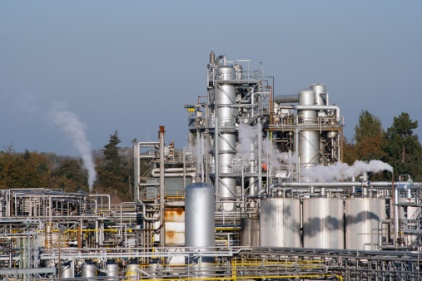 The National Institute for Occupational Safety and Health (NIOSH) has changed its position on including “safety case” principles in OSHA’s process safety management (PSM) standard.
The National Institute for Occupational Safety and Health (NIOSH) has changed its position on including “safety case” principles in OSHA’s process safety management (PSM) standard.
The safety case framework – which is backed by the U.S. Chemical Safety Board (CSB) –would require companies to demonstrate – through a written report – how major hazards are to be controlled and risks reduced to “as low as reasonably practicable” (ALARP). According to the CSB, a safety case approach represents a fundamental change by shifting the responsibility for continuous reductions in major accident risks from regulators to the company. That framework is in use in regulatory regimes such as those in the UK, Australia, and Norway.
Designing out hazards
One feature of the safety case approach is that it calls for implement safety designs – a concept seemingly compatible with NIOSHS’s Prevention through Design (PtD) initiative.
Initial support
In a March 6 letter to OSHA, during a public comment period on possible revisions to the agency’s process safety management (PSM) regulations, NIOSH initially supported the safety case as proactive and performance-based.
“The employer is responsible for ensuring safe operation of the facility and a license is required to operate the hazardous process/facility,” wrote NIOSH.
Concerns from stakeholders
However, three months later NIOSH Director of Education and Information Paul Schulte asked OSHA to remove his agency’s comments from the public record, “based on a re-evaluation of the scientific evidentiary foundation” for the original comments.
Schulte said concerns from stakeholders about the earlier comments prompted a reevaluation of the issue, after which NIOSH determined there was a lack of an evidentiary basis for the safety case.
Chemical accident prevention
OSHA’s request for information (RFI) was in response to an Obama Administration request that the agency identify issues related to modernization of its PSM standard and related standards necessary to meet the goals of preventing major chemical accidents, such as the uncontrolled release of highly hazardous chemicals in West, Texas, on April 17, 2013 that killed 15 people.
CSB Chairman Rafael Moure-Eraso has said the safety case approach could help the nation ameliorate what he says is, “an industrial chemical safety crisis” in the U.S.








.jpg?t=1721257160)
